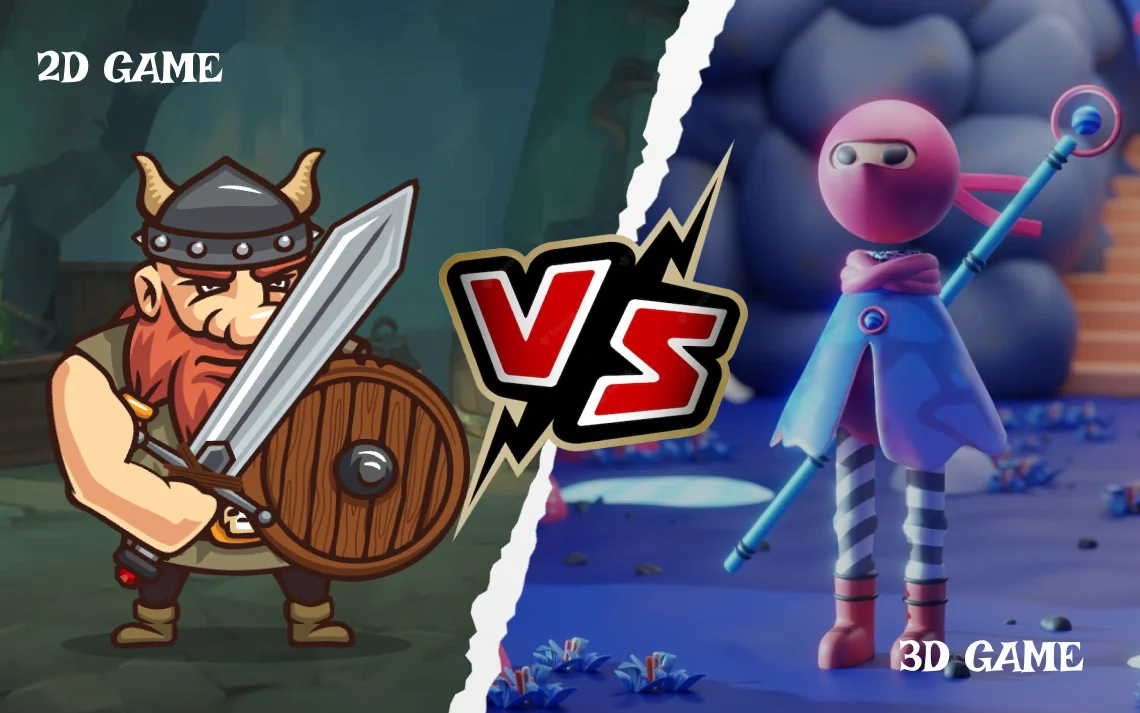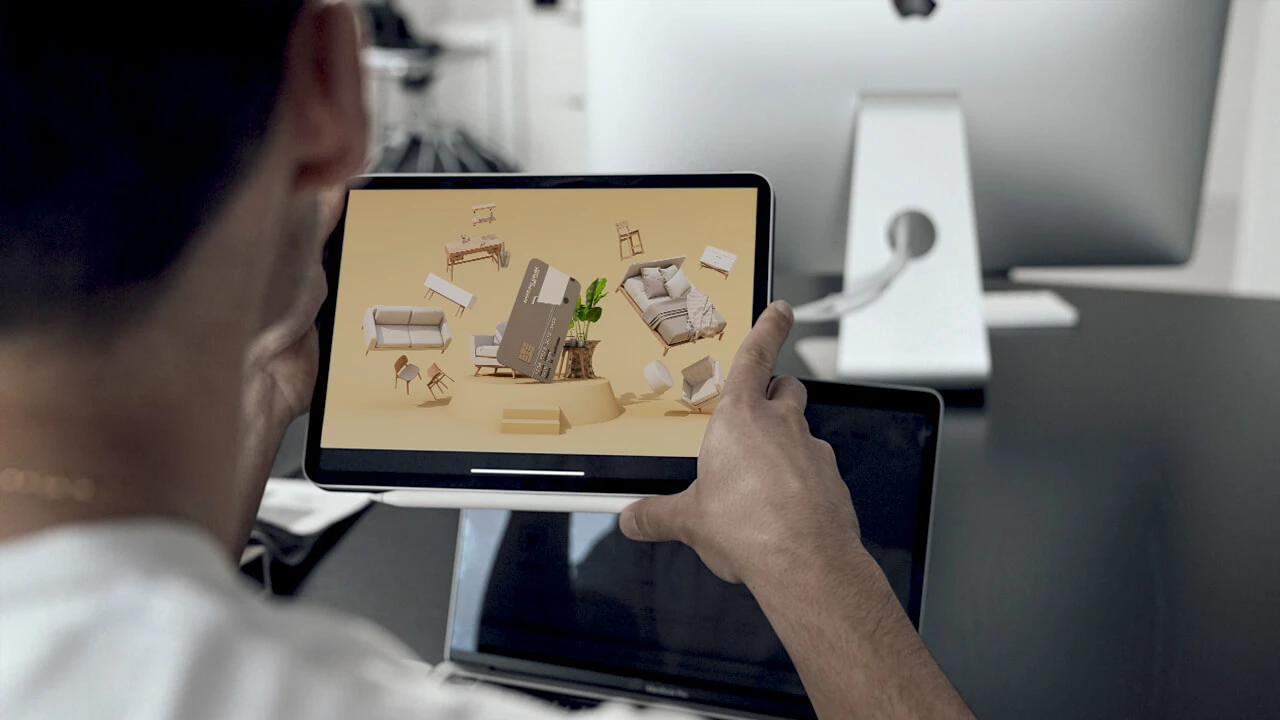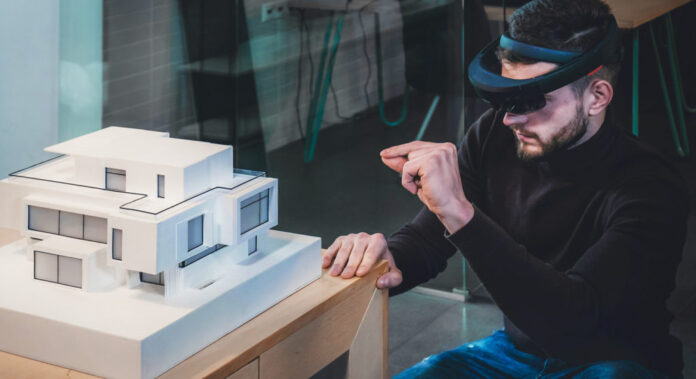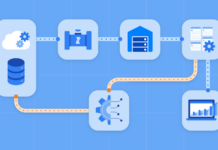In the captivating realm of 3D graphics and virtual environments, the quest for realism is an ever-evolving pursuit. While the eye-catching visuals and lifelike animations often steal the spotlight, there exists an unseen force, a hidden power that plays a pivotal role in elevating the authenticity of 3D objects—depth. In this blog post, we embark on a fascinating journey to unveil the mysteries of how the enigmatic force of 3D object depth enhances realism in virtual worlds.
We’ll delve into the intricacies of this often-overlooked element, exploring its profound impact on our perception and immersion within the digital realm. Join us as we shine a spotlight on the unsung hero behind the scenes, the force that breathes life into the virtual, and discover how it transforms our visual experiences into realms of astonishing authenticity.
The world of 3D graphics has seen major leaps forward. A big part of that leap is something called height mapping. But what is height mapping? It’s a way to give flat images a 3D look. This might seem like a cool trick, but it greatly affects how real things look on a screen. This article explains the various areas where this technology makes a big difference.
Turning 2D Into Lifelike 3D in Video Games

One of the biggest fans of 3D depth is the video gaming world. Before height mapping, video game environments often looked flat and not that interesting. But with height mapping, a simple 2D image of a rock can look like a real 3D rock. This makes the game world more engaging and real, which helps players feel like they are inside the game. The more real the game looks, the more fun it is to play. Also, height mapping doesn’t require a lot of computer power.
Upgrading Special Effects in Movies
Movies are another place where 3D depth has made a huge impact. With height mapping, a movie can take a flat image of a cityscape and make it look like a real 3D city. You might not realize it when you’re watching, but this technology helps make the movie more enjoyable. This also saves a lot of time and money in film production.
Changing Online Shopping Experiences

When you shop online, you often only see 2D images of the products. But with height mapping, online stores can show you a 3D view of the product. This lets you get a better idea of what you’re buying. You can see how tall an item is, how wide it is, and even how it might feel. This is a big step up from just looking at flat pictures and can help you feel more sure about what you’re buying.
Making Virtual Reality Truly ‘Real’
Virtual reality (VR) is all about feeling like you’re in a different place. To do that well, the place has to look real. That’s where height mapping comes in. By using this tech, VR can show you worlds that feel like you could touch them. Imagine walking in a VR forest and seeing the bark on the trees look real or the ground beneath you looking like real dirt. This adds a whole new layer of fun and excitement to VR experiences. When the world around you in VR looks and feels real, it’s easier to get lost in the experience.
Enhancing Learning and Training Programs
Adobe states, “Height mapping is a useful tool in 3D graphics and design to add depth and realism to virtual landscapes and objects.”
Height mapping is not just for fun and games; it’s also useful for serious stuff like training and learning. For example, in a training program for firefighters, a 3D environment can show what a real fire would look like. This helps trainees understand the risks and challenges better. Or, in a medical training program, doctors can practice surgeries in a 3D space that looks and feels real. This way, they can practice without risking real lives, making the training safer and more effective.
Texture Mapping
Texture mapping is a crucial concept that complements height mapping in the world of computer graphics. It involves the application of textures or images onto the surfaces of 3D objects, adding intricate details and realism to digital environments. By seamlessly integrating texture mapping with height mapping, developers can achieve a more lifelike appearance for objects and landscapes in various forms of digital media.
When texture mapping is used alongside height mapping, the result is a multi-dimensional visual experience that closely mimics the real world. This combination enables the creation of highly detailed and visually striking scenes in video games, simulations, and architectural visualizations. Texture mapping allows for the addition of surface patterns, colors, and fine-grained details, enhancing the overall quality of the digital representation.
Virtual Architectural Visualization

In the realm of architectural design and visualization, height mapping and related technologies play a pivotal role. Architects and designers leverage these techniques to generate realistic 3D models of buildings, interiors, and landscapes. This approach empowers them to provide clients with immersive, interactive experiences that allow them to explore and comprehend architectural designs thoroughly.
Through height mapping, architects can accurately represent the elevation changes, surface irregularities, and structural nuances of a proposed building or landscape. When combined with texture mapping, these models become even more convincing, enabling clients to envision the final outcome before construction begins. This not only streamlines the design process but also helps in obtaining valuable feedback from stakeholders.
Height mapping has a lot of uses that go beyond just making things look cool. From video games and movies to online shopping, VR, and even training programs, this technology is making things look more real and better than ever. And as tech keeps advancing, it’s clear that height mapping will play a bigger role in shaping the digital world. The next time you’re amazed by how real a digital world looks, you might have height mapping to thank for it.









